Showing 151–159 of 159 results
- Uncategorized
- All Topics
- Practicing Cardiovascular Medicine
- Fundamentals
- Quality Improvement
- Congenital Heart Disease and Pediatric Cardiology
- Diabetes and Cardiometabolic Disease
- New Topics & Trends
- Cardiovascular Imaging: Echocardiography
- Noninvasive Imaging
- Sports and Exercise Cardiology
- Single Course
- Invasive Cardiology
- Gift Card
CardioVillage provides Continuing Education credit with fully accredited content developed by board-certified Internal Medicine physicians. Physicians, Nurses, Advanced Practitioners, Echocardiographers and other healthcare providers will all benefit from our mobile-friendly, relevant, and engaging learning content.
You can use the Search field or Category Filters at left to find the courses most relevant to your needs and register to get started today.
Disclosures note: See individual course for author disclosures. Project Team disclosures are found here.
-
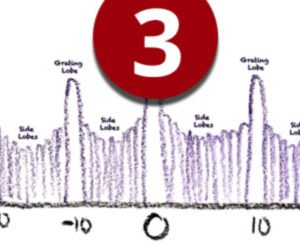
Ultrasound Artifacts 3: Miscellaneous Sources of Artifact
Description: Ultrasound artifacts, which are becoming increasingly rare as technology improves, can still lead to critical errors in interpretation if they are not recognized and dealt with appropriately. A proper understanding of how they are created allows the echocardiographer to recognize, and work around these potentially hazardous pitfalls. Note: This course is eligible for ACPE credit.
Authors: Robert H. Thiele. MD
Credit/contact hours: .25
Estimated time to complete: 15 minutes
Publication Date: March 8, 2018
Expiration Date: March 7, 2027
$25.00 -
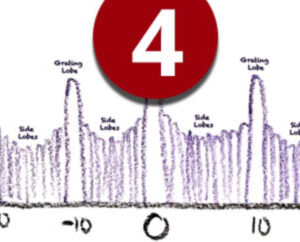
Ultrasound Artifacts 4: Normal Anatomic Variants & Aortic Dissection
Description: Ultrasound artifacts, which are becoming increasingly rare as technology improves, can still lead to critical errors in interpretation if they are not recognized and dealt with appropriately. A proper understanding of how they are created allows the echocardiographer to recognize, and work around these potentially hazardous pitfalls. Note: This course is eligible for ACPE credit.
Authors: Robert H. Thiele, MD
Credit/contact hours: .25
Estimated time to complete: 15 minutes
Publication Date: March 8, 2018
Expiration Date: March 7, 2027
$25.00 -
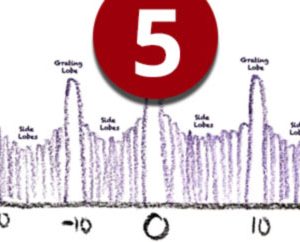
Ultrasound Artifacts 5: Image Optimization
Description: Ultrasound artifacts, which are becoming increasingly rare as technology improves, can still lead to critical errors in interpretation if they are not recognized and dealt with appropriately. A proper understanding of how they are created allows the echocardiographer to recognize, and work around these potentially hazardous pitfalls. Note: This course is eligible for ACPE credit.
Authors: Robert H. Thiele, MD
Credit/contact hours: .5
Estimated time to complete: 30 minutes
Publication Date: March 8, 2018
Expiration Date: March 7, 2027
$25.00 -
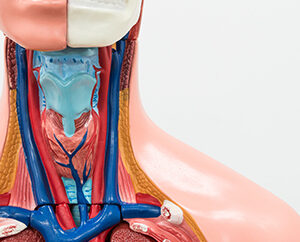
Vascular Access for Radial, Brachial, Internal Jugular, and Other Sites
Description: In modern interventional cardiology, the central circulation is accessed for many reasons, ranging from coronary imaging and intervention, to hemodynamic measurement, myocardial biopsy, valvular interventional procedures, diagnosis and treatment of congenital heart disease, and multiple other indications. Note: This course is eligible for ACPE credit.
Authors: Michael Ragosta III, MD
Credit/contact hours: .5
Estimated time to complete: 30 minutes
Publication Date: Nov 6, 2019
Expiration Date: Nov 6, 2028
$25.00 -
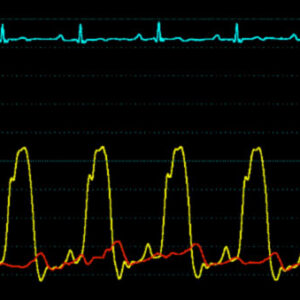
Waveform Interpretation: Left Atrial, Aortic, Peripheral Arteries, Left Ventricular
Description: Recording hemodynamic pressures from the left atrium can be straightforward in the presence of certain abnormalities such as atrial septal defect or patent foramen ovale, but will require trans-septal puncture in many patients. Note: This course is eligible for ACPE credit.
Authors: Michael Ragosta III, MD and Lawrence W Gimple, MD
Credit/contact hours: .25
Estimated time to complete: 20 minutes
Publication Date: March 8, 2018
Expiration Date: March 7, 2027
$25.00 -
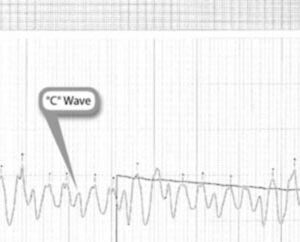
Waveform Interpretation: Right Atrial, Right Ventricular, Pulmonary Artery
Description: Many cardiac and critical care patients undergo right-heart catheterization to measure pressures and oxygen saturations in the right-sided cardiac chambers. In addition to the absolute value of these measurements, there is significant information about cardiac physiology and pathology that can be gained by examining the various waves and morphologies of the pressure recordings. Note: This course is eligible for ACPE credit.
Authors: Michael Ragosta III, MD and Lawrence W Gimple, MD
Credit/contact hours: .25
Estimated time to complete: 20 minutes
Publication Date: March 8, 2018
Expiration Date: March 7, 2027
$25.00 -
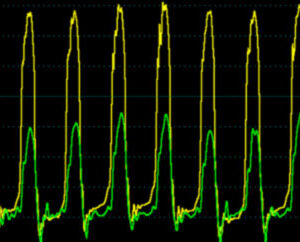
Waveform Interpretation: Simultaneous LV and RV Waveforms & Simultaneous LV and FA
Description: In this lesson, we will review the principles of analysis of high-quality hemodynamic pressure recordings. We will focus on respiratory effects and simultaneous pressure recordings from left-sided and right-sided chambers. Note: This course is eligible for ACPE credit.
Authors: Michael Ragosta III, MD and Lawrence W Gimple, MD
Credit/contact hours: .25
Estimated time to complete: 20 minutes
Publication Date: March 8, 2018
Expiration Date: March 7, 2027
$25.00 -

What to Do When There is a Family History of Heart Disease
Description: This course highlights the importance of recognizing inherited cardiovascular diseases and documenting any family history of cardiovascular disease, as well as implementing family cardiovascular screening and determining which patients might need additional genetic testing. Note: This course is eligible for ACPE credit.
Authors: Matthew J. Thomas, ScM
Credit/contact hours: .5
Estimated time to complete: 30 minutes
Publication Date: Nov 6, 2019
Expiration Date: Nov 6, 2028
$25.00 -
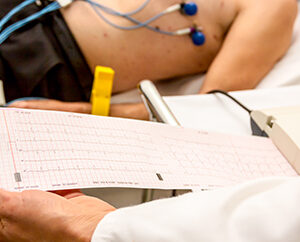
Wide Complex Tachycardia
Description: Tachyarrhythmias can present a significant clinical challenge. Patients presenting with fast heart rate may be unstable with chest pain, hypotension, or with myocardial ischemia, or they may be completely asymptomatic. The initial approach typically involves distinguishing between tachycardias with a wide QRS complex ("wide complex tachycardias") versus those with a narrow QRS complex ("narrow complex tachycardias"). Narrow complex tachycardias are always supra-ventricular in origin. Wide complex tachycardias are more complex as they may arise from supra-ventricular sources and conduct aberrantly (supra-ventricular tachycardia with aberrancy) or they may arise from ventricular sources (ventricular tachycardia). In this case, we will examine a patient presenting with tachycardia and work our way through a differential diagnosis. Note: This course is eligible for ACPE credit.
Authors: Nishaki Mehta, MD, Ceshae Harding, MD, Araba Ofosu-Somuah, MD
Credit/contact hours: .5
Estimated time to complete: 30 minutes
Publication Date: Apr 21, 2020
Expiration Date: Apr 21, 2026
$25.00
